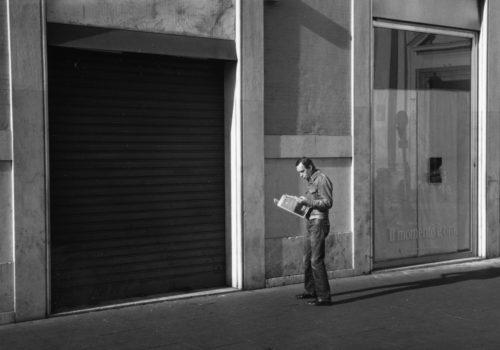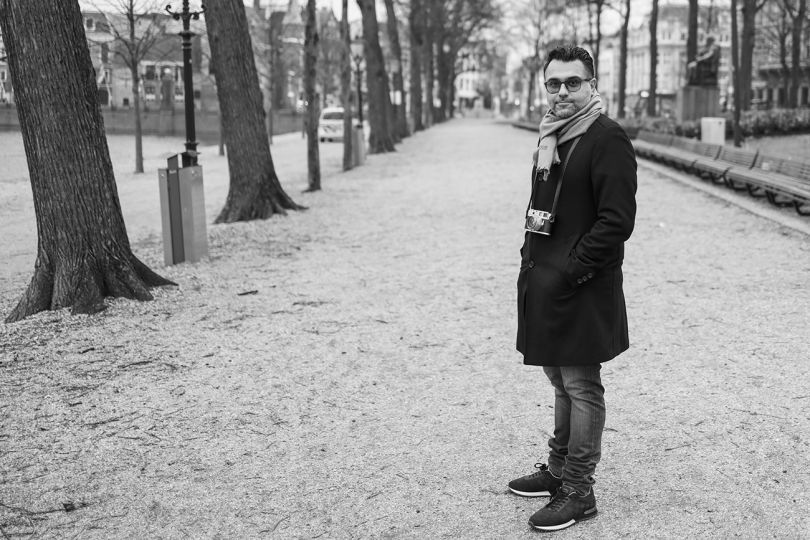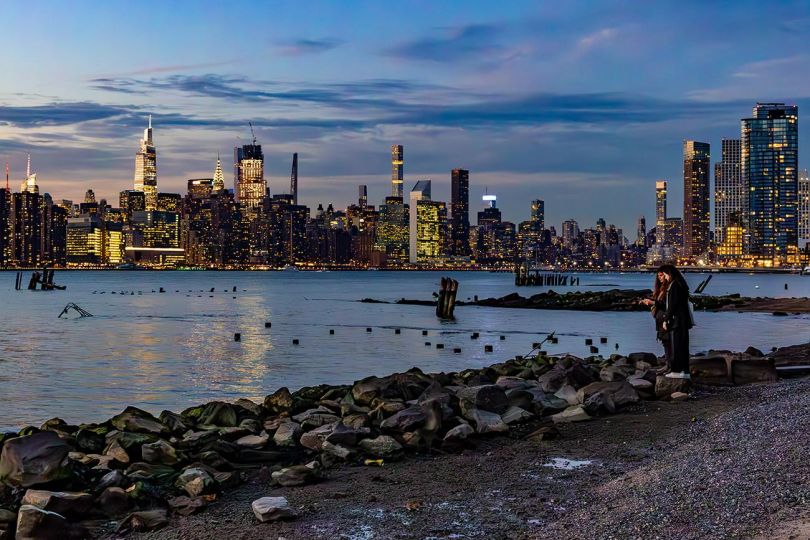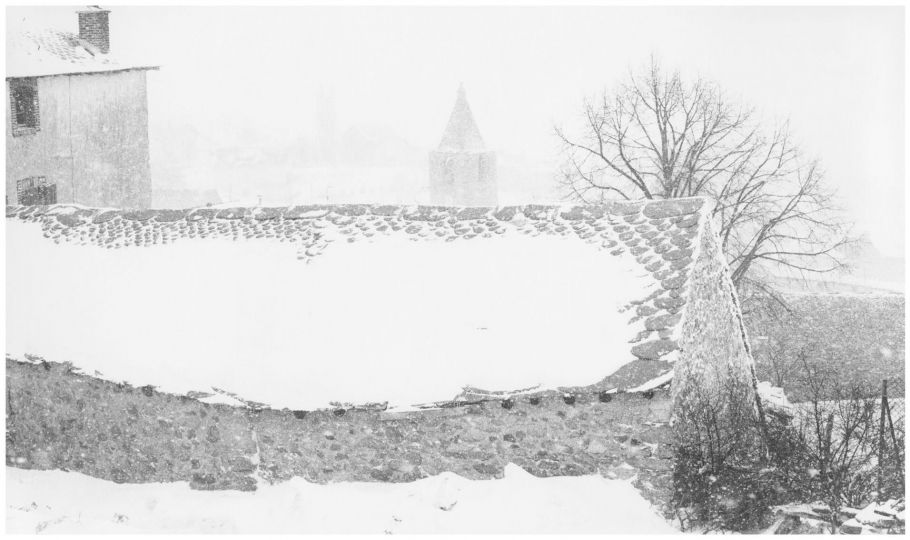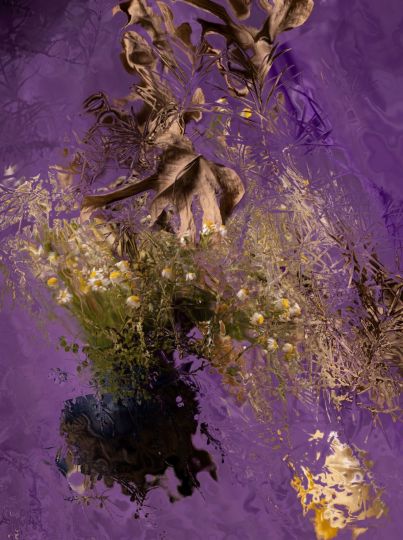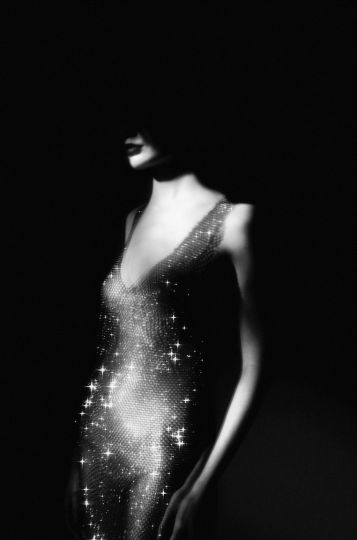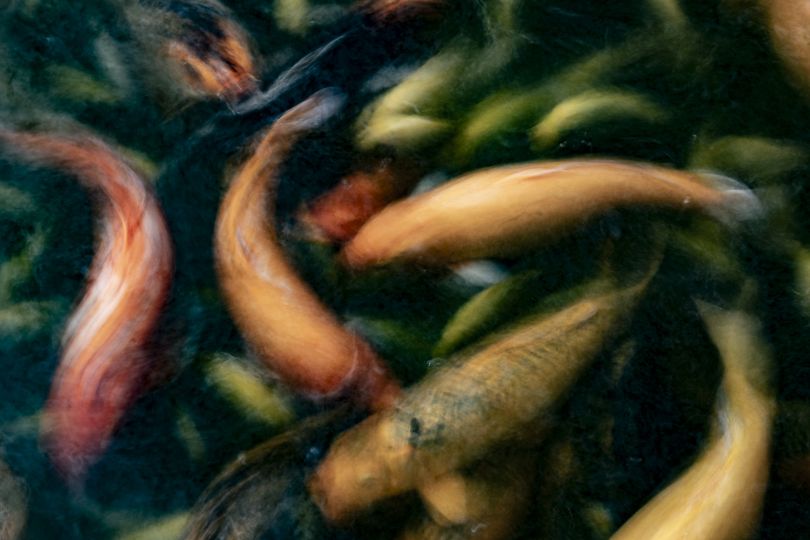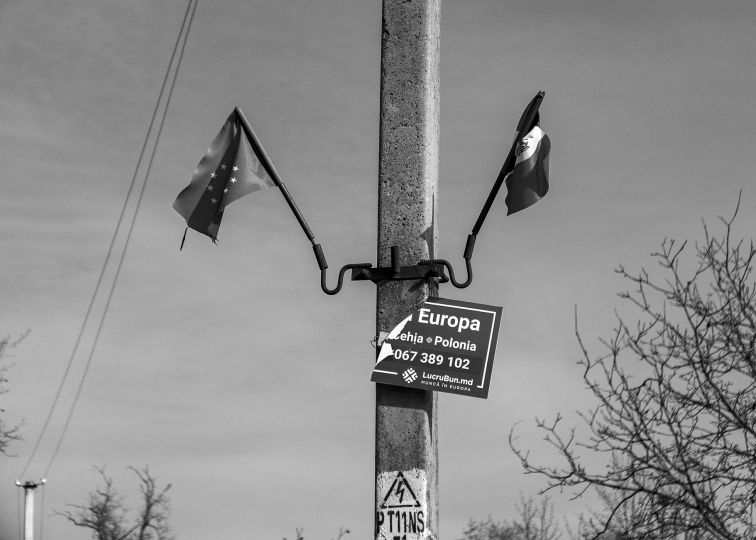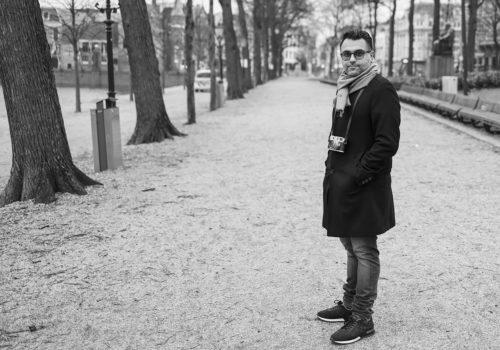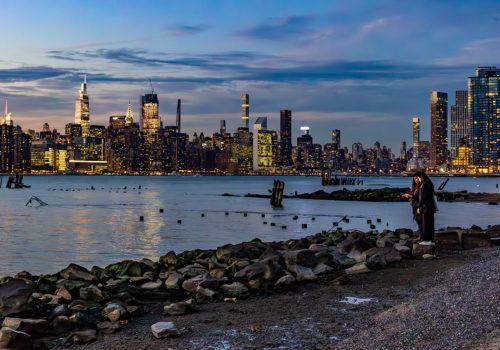Sotto Voce – Roman Wanderings
Frédéric Guy invites us to wander around Sotto Voce in the Roman palimpsest, in a low voice, as if whispered, in a temporal as well as spatial cycle drawn by the lights of a unique civilization, identifiable at first glance.
His first looks, Frédéric apparently got them from his father, a photographer in Algeria, who introduced him to the classics of black and white cinema. And even if he defines himself as an autodidact, the neo-realist visions of Italian cinema, the smell of scrap metal from his robust Leicas and the effects of Polaroid techniques will undoubtedly have shaped his aesthetic.

